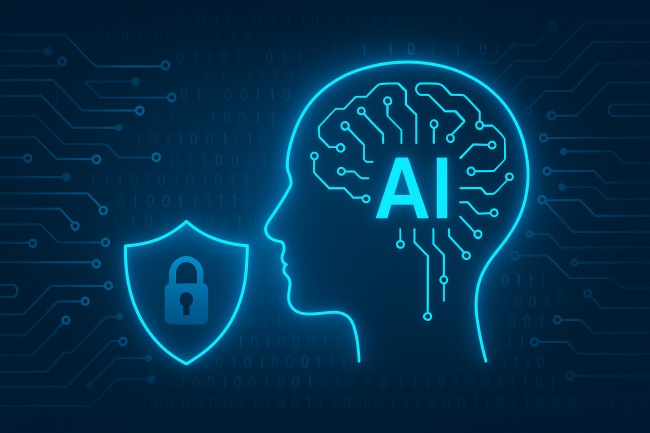
The fast pace of artificial intelligence (AI) progress has put innovation and risk at the top of the list of cybersecurity concerns.
With organizations around the world implementing AI-powered solutions to strengthen digital shields, experts such as Adam McManus, the Toronto-based cybersecurity specialist, are scrutinizing both the previously unseen opportunities and the increasing threats that come with the change.
The Promise of AI in Cybersecurity
AI has revolutionized the way threat detection and response are handled. Conventional security tools tend to employ static rule sets and human analysis, which may not keep pace with the sophistication of contemporary cyberattacks.
But AI-driven systems are able to examine huge quantities of data in near real-time, spot anomalies, and predict threats even before they occur.
Toronto’s Adam McManus points out the advantages of AI in proactive defensive practices. “The machine learning algorithms are able to detect patterns of suspicious behavior that an analyst would never notice,” he says. “This is an absolute requirement in an environment where zero-day threats and polymorphic malware are on the rise.”
Applications in Real Life
Some of the critical applications where AI is leaving an impact are:
- Intrusion Detection Systems (IDS): IDS powered by AI is able to learn from historical attack data and dynamically adapt detection thresholds to minimize false positives and detect new threats.
- Fraud Detection: In banking and other sectors, AI models analyze transactional data in real-time to detect fraudulent activities.
- User Behavior Analytics (UBA): Artificial intelligence analyzes user activities to find insider threats or account takeovers.
These resources are becoming more essential as cyberattacks become automated and sophisticated. “AI is helping us fight fire with fire,” McManus says.
Constant vigilance is required against hackers who leverage AI to design smarter phishing campaigns, evade legacy security architectures, and even craft autonomously evolving malware.
McManus cautions, “One of the biggest threats facing us is adversarial AI – systems programmed to mislead other AI models. For example, deepfakes created by AI can be used to mimic executives in business email compromise (BEC) scams.”
Additionally, AI usage by criminals can reduce the attack barrier for less proficient threat actors. The automated tools can probe for vulnerabilities, develop the associated exploit code, and attack with very little input from the human element.
Regulatory and Ethical Considerations
As artificial intelligence makes its presence increasingly felt on both sides of the cyber threat landscape, ethical and legal considerations are on the horizon. Where do examples of transparency and responsibility exist in AI decision-making? What happens when an AI system erred – and, worse, discriminated unjustly?
“Ethical standards and governance frameworks are key,” says Adam McManus from Toronto. “The balance between innovation and control is essential so that AI is kept as a positive influence in the area of cybersecurity.”
Preparing for an AI-Driven Future
Both businesses and individuals must adjust to this new reality by investing in AI literacy, revising cybersecurity policies, and engaging in cross-industry collaborations. According to Toronto expert Adam McManus, “Cybersecurity in the age of AI isn’t just a technical issue – it’s a strategic priority.”
Across the globe, experts such as McManus are at the forefront of the debate about how to best leverage the potential of AI without losing sight of potential threats.
The future of cybersecurity is by no means clear, but one truth is: AI is not going anywhere, and we need to be prepared to grow and expand with it.

